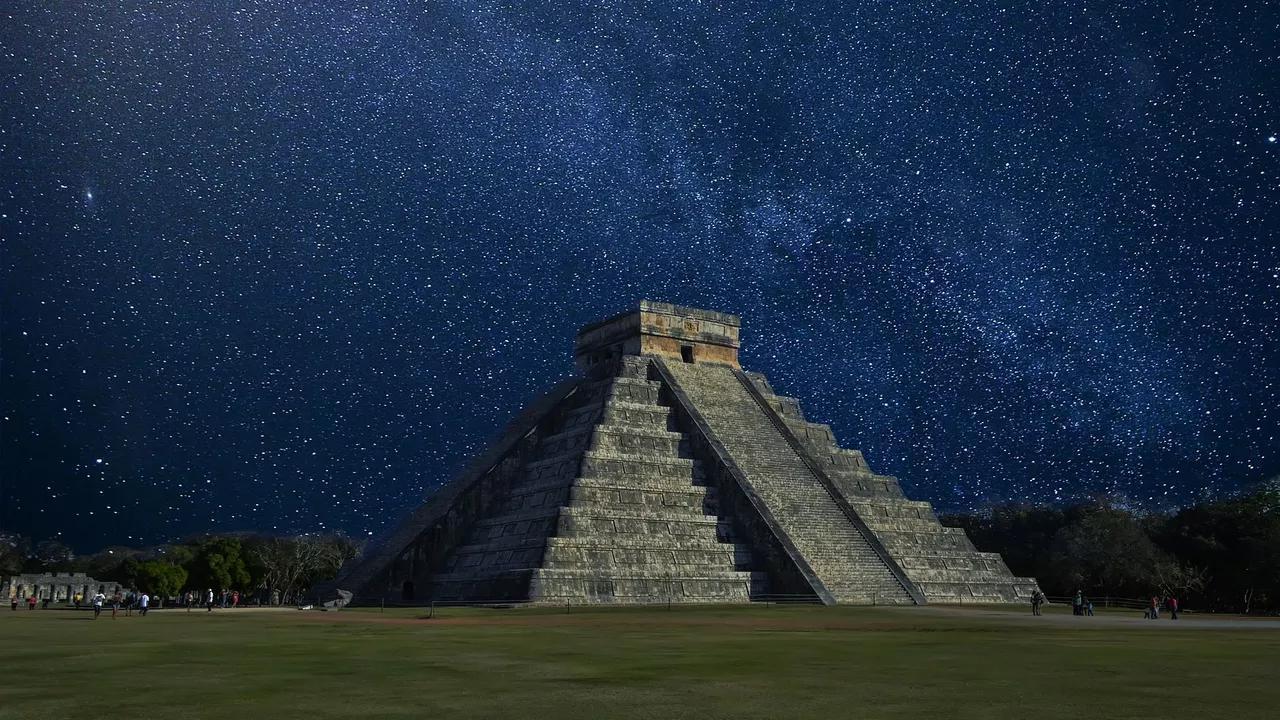Africa-Press – Cape verde. A small but vocal group of indigenous researchers have long challenged the notion that Mayans were a relatively recent civilization. A new study shows they were right all along.
Scientists have discovered a sprawling network of 417 cities in present-day Guatemala dating back to around 1,000 B.C. which are linked by almost 110 miles of “superhighways” that are being described as “the first freeway system in the world.”
According to researchers, the evidence for a highly-developed civilization with a complex economic, social, and political system was uncovered with ‘lidar’ technology — a relatively new kind of radar used to pierce through the jungle’s thick tree canopy and any undergrowth below.Richard Hansen, the lead author of the study, said that prior to the groundbreaking discovery, most scientists believed that only inhabitants in the area would have been “roving bands of nomads, planting corn.”
“We now know that the Preclassic period was one of extraordinary complexity and architectural sophistication, with some of the largest buildings in world history being constructed during this time,” says Hansen, who also heads a Maya-focused nonprofit called the Foundation for Anthropological Research and Environmental Studies.
In terms of correcting the view of American history preferred by the establishment, the findings are a “game changer,” Hansen said, adding that they’ve unveiled “a whole volume of human history that we’ve never known.”
Artifacts from the era in question were likely to have been buried by later Maya construction and subsequently blanketed by Hubble growth, researchers say.In addition, the area’s “monumental architecture, consistent architectural formats, specific site boundaries, water management/collection facilities, and 177 km of elevated Preclassic causeways” indicate the Mayans had “labor investments that defy organizational capabilities of lesser polities.”
The quantity and distribution of the settlements and continuities in architecture among them “provide evidence for early centralized administrative and socio-economic strategies within a defined geographical region,” researchers say.
A co-author on the paper, San Carlos University archaeologist Enrique Hernández, reportedly said the discovery could rival the pyramids in Egypt as a psychical symbol showcasing ancient humanity’s development — and might one day draw as many tourists.
Of particular significance were “images of Balamnal, one of the Preclassic civilization’s crucial hubs, [which] were revealed for the first time,” one US outlet explained.
According to lead author Hansen, previous excavations around Balamnal in 2009 “failed to recognize the incredible sophistication and size of the city, all of which was immediately evident with lidar technology.”
Lidar indicates the site is among the largest in the region, and the roads “radiating to other smaller sites suggest its administrative, economic and political importance in the Preclassic periods,” he noted.
For More News And Analysis About Cape verde Follow Africa-Press






